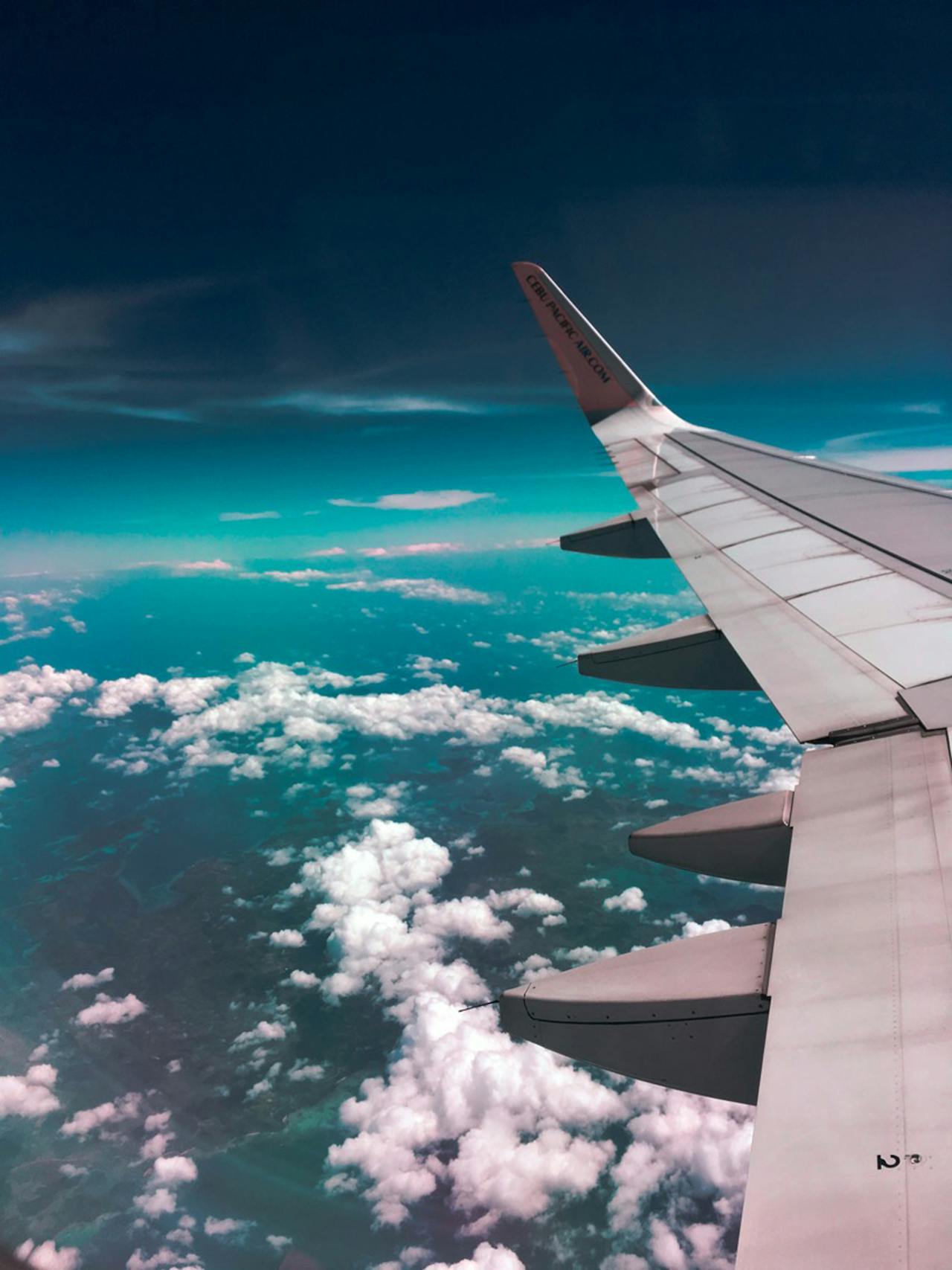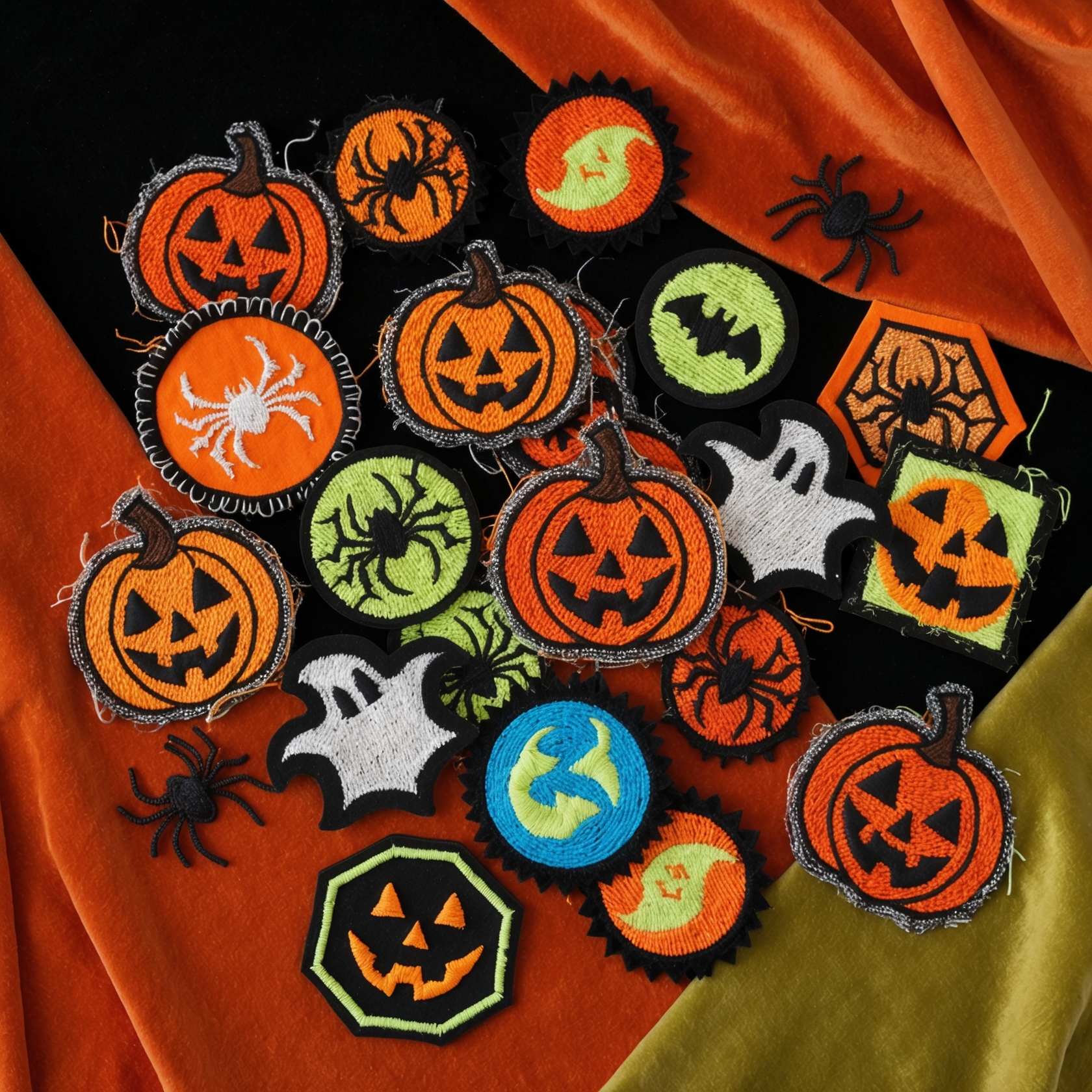The Critical Role of Custom Patches in Aviation
In the aviation industry, where safety and security are paramount, clear identification and efficient communication are crucial. Custom patches play a significant role in ensuring that these standards are met. Whether used by flight crews, ground personnel, maintenance teams, or airport security, custom patches help to identify roles, authorize access, and communicate important information at a glance. These patches not only serve aesthetic purposes but also enhance the overall safety protocols within the industry. In this article, we will explore how custom patches contribute to aviation recognition and security, providing a detailed look at their various applications and benefits.
1. Identifying Roles and Responsibilities
Clear Role Differentiation
In a fast-paced and highly regulated environment like aviation, quickly identifying the roles and responsibilities of personnel is crucial. Custom patches help distinguish between different job functions, such as pilots, flight attendants, ground crew, maintenance staff, and security personnel. This clear differentiation facilitates smooth operations and ensures that the right personnel can be easily identified and accessed in various situations.
Example: A pilot might wear a custom patch featuring the airline’s logo and their rank, while a flight attendant’s patch might include a symbol indicating their specific role and responsibilities onboard.
Visual Hierarchy and Authority
Custom patches can also indicate hierarchy and authority within the aviation setting. For example, different colors, designs, or additional symbols on patches can denote varying levels of authority or specialized roles, such as lead mechanic or chief security officer. This visual hierarchy helps maintain order and ensures that personnel know whom to approach for specific issues or decisions.
Example: A chief flight attendant might wear a patch with additional stripes or a distinct color, signifying their supervisory role and experience level.
2. Enhancing Security Through Visual Identification
Access Control and Authorization
In airports and other aviation-related facilities, access to restricted areas must be tightly controlled. Custom patches can be used as part of a uniform system to indicate authorized personnel, ensuring that only those with the proper credentials can enter sensitive areas. This is particularly important for security personnel, maintenance teams, and other staff who may require access to secure zones.
Example: Security personnel might wear custom patches with a specific security clearance level, making it easy to identify who has access to restricted areas like the tarmac, baggage handling zones, or secure passenger screening areas.
Quick Identification in Emergencies
During emergencies, quick identification of key personnel is vital for effective response and coordination. Custom patches help ensure that emergency responders, such as first aid teams, fire crews, and crisis management staff, can be easily recognized. This rapid identification facilitates efficient communication and coordination, ultimately enhancing the safety and security of passengers and staff.
Example: In the event of an in-flight medical emergency, a flight attendant wearing a custom patch indicating first aid training can be quickly identified to assist the situation.
3. Promoting Brand Identity and Professionalism
Consistent Branding
Custom patches are an integral part of a consistent branding strategy for airlines and aviation companies. They contribute to a cohesive and professional appearance, reinforcing the company’s brand image. This consistency not only enhances the visual appeal of the staff uniforms but also instills confidence in passengers regarding the quality and reliability of the airline’s services.
Example: An airline might design custom patches that feature their logo, colors, and a unique design element, ensuring that all staff uniforms align with the company’s branding guidelines.
Building Trust with Passengers
A professional and unified appearance, supported by custom patches, helps build trust and confidence among passengers. When passengers see a well-coordinated team wearing clearly identifiable patches, they are more likely to feel secure and reassured about the competence and professionalism of the airline’s staff.
Example: Passengers might feel more at ease knowing that ground crew members wearing patches with specific safety certifications are handling their luggage and aircraft maintenance.
4. Custom Patches for Specialized Teams and Units
Maintenance and Technical Teams
Custom patches are particularly useful for identifying specialized teams within the aviation industry, such as maintenance and technical crews. These patches can include symbols or text that indicate the team’s area of expertise, such as avionics, engine maintenance, or aircraft inspection. This identification is crucial for coordinating tasks and ensuring that the right personnel are deployed to address specific technical issues.
Example: A maintenance technician specializing in avionics might wear a patch with a symbol representing electronic systems, making it easy to distinguish their expertise from other maintenance staff.
Security and Safety Personnel
For security and safety personnel, custom patches play a vital role in ensuring visibility and authority. These patches can include design elements that indicate the specific security role, such as airport security, baggage screening, or air marshal duties. Clear identification helps prevent unauthorized individuals from impersonating security staff and ensures that genuine personnel are easily recognized in critical situations.
Example: An air marshal might wear a discreet custom patch indicating their role, allowing for easy identification by crew members while maintaining a low profile among passengers.
5. Encouraging Team Spirit and Unity
Fostering a Sense of Belonging
Custom patches can foster a sense of belonging and unity among aviation staff. Wearing a patch that signifies membership in a specific team or department can instill pride and camaraderie. This sense of belonging is particularly important in high-pressure environments, where teamwork and mutual support are essential.
Example: A patch designed for a specific flight crew, featuring a unique flight number or mission, can create a bond among the crew members and commemorate shared experiences.
Celebrating Achievements and Milestones
Custom patches can also be used to celebrate achievements and milestones within the aviation industry. Whether it’s recognizing years of service, completing specialized training, or achieving safety records, these patches serve as tangible reminders of accomplishments. They not only honor the individual’s contributions but also motivate others to strive for excellence.
Example: An airline might issue custom patches to pilots who have reached a specific number of flight hours or successfully completed advanced training programs, such as flight simulator certifications.
6. Design Considerations for Custom Aviation Patches
Choosing the Right Symbols and Icons
The design of custom aviation patches should include symbols and icons that clearly represent the role or department. This might include aircraft, tools, wings, or other aviation-related imagery. The choice of symbols should be intuitive and easily recognizable, ensuring that the patch’s meaning is immediately apparent.
Example: A patch for a ground handling team might feature an image of an aircraft with ground service equipment, such as baggage carts or fuel trucks.
Selecting Colors and Materials
Colors play a significant role in the design of custom patches, as they can convey different meanings and help with quick identification. For instance, bright colors may be used for safety and security personnel, while more subdued tones might be appropriate for administrative staff. The choice of materials, such as embroidered or woven patches, should also consider durability and comfort.
Example: A safety team’s patch might use high-visibility colors like neon green or orange, making the team easily noticeable in busy or low-light conditions.
Incorporating Text and Details
Text on custom patches can include important details such as job titles, departments, or specific qualifications. The font should be legible, and the text should be concise to ensure quick readability. It’s also important to consider the placement of text in relation to other design elements, maintaining a balanced and professional appearance.
Example: A patch for a flight operations manager might include the title “Operations Manager” along with the airline’s logo, clearly identifying the individual’s role.
7. Implementing Custom Patches in Your Organization
Standardizing Uniforms
To maximize the effectiveness of custom patches, it’s important to standardize their use across the organization. This includes establishing guidelines for where patches should be placed on uniforms, the size and style of patches, and the circumstances under which they should be worn. Standardization ensures consistency and clarity, making it easier for everyone to recognize and understand the patches.
Example: An airline might require all crew members to wear their rank patches on the left shoulder and department-specific patches on the right chest.
Providing Training and Orientation
Introduce custom patches as part of the onboarding process for new employees and provide training on their significance and proper use. This orientation helps new staff understand the importance of the patches and how they contribute to safety and security protocols. Regular training updates can also keep current staff informed about any changes or additions to the patch system.
Example: During orientation, new flight attendants might receive a guide explaining the meaning of different patches worn by various crew members and ground staff.
Evaluating and Updating Patches
Regularly evaluate the effectiveness of your custom patches and update them as needed. This includes assessing whether the patches are easily recognizable, accurately reflect roles and responsibilities, and align with any changes in the organization’s structure or branding. Feedback from staff and security personnel can provide valuable insights into how the patches are functioning in practice.
Example: If an airline introduces a new safety initiative, they might create a new custom patch to represent the program and train staff on its meaning and significance.
8. Legal and Compliance Considerations
Ensuring Compliance with Regulations
In the aviation industry, it’s essential to ensure that custom patches comply with relevant regulations and standards. This includes adhering to guidelines set by aviation authorities, such as the Federal Aviation Administration (FAA) or the International Civil Aviation Organization (ICAO), regarding uniform design and identification. Custom patches should not interfere with safety equipment or create confusion about roles and responsibilities.
Example: Custom patches should not obscure or conflict with any required insignia or badges, such as pilot wings or security badges, that are mandated by aviation regulations.
Protecting Intellectual Property
If your custom patches feature unique designs, logos, or symbols, consider protecting them as intellectual property. This can prevent unauthorized use and ensure that your organization’s branding remains distinct and protected. Consult with legal experts to determine the best approach for securing trademarks or copyrights for your custom patch designs.
Example: An airline might trademark their logo and specific uniform patches to prevent other organizations from copying or misusing their brand identity.
The Importance of Custom Patches in Aviation Safety and Security
Custom patches are an invaluable tool in the aviation industry, serving multiple purposes that go beyond mere decoration. They enhance safety protocols by providing clear identification of roles and responsibilities, facilitate quick recognition in emergencies, and contribute to the overall professionalism and branding of aviation organizations. By carefully designing and implementing custom patches, aviation companies can strengthen their safety and security measures, foster a sense of unity and pride among staff, and build trust with passengers.
As the aviation industry continues to evolve, the role of custom patches will remain crucial in promoting recognition, security, and efficiency. By staying attuned to the latest trends and best practices in patch design, aviation organizations can continue to leverage these small but powerful tools to enhance their operations and uphold the highest standards of safety and professionalism.
If you are interested in ordering some high-quality custom patches, feel free to call us at 877-912-6407 or fill out a FREE quote here.




